Seasonal Roofing Maintenance Checklist for Homeowners
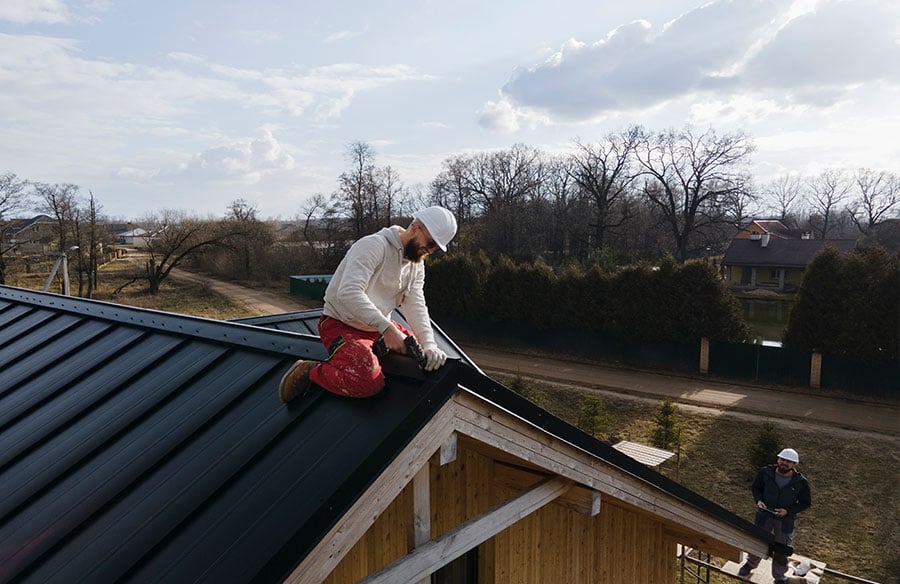
Owning a home comes with numerous responsibilities, and one of the most important yet often overlooked aspects of home maintenance is taking care of the roof. A well-maintained roof protects your home from the elements, keeps energy costs low, and ensures your family’s safety. However, many homeowners only think about roof repairs when there’s a noticeable issue. Seasonal roofing maintenance, performed throughout the year, can extend the life of your roof and help prevent costly repairs.
In this blog post, we’ll walk you through the essential seasonal roofing maintenance checklist, offering tips to keep your roof in great shape all year long. Whether you’re a new homeowner or a seasoned pro, having a useful source for roof care guidance can make all the difference in maintaining your investment and avoiding unexpected damage.
Spring: Post-Winter Roof Inspection
As winter comes to an end, it’s important to inspect your roof for any damage caused by snow, ice, or freezing temperatures. These harsh conditions can result in leaks, ice dams, or loose shingles. The spring inspection is a great time to check for these issues, as the melting snow can reveal hidden problems.
Start by checking your roof from the ground level with a pair of binoculars. Look for any visible damage such as cracked or missing shingles. Ice dams often form along the eaves and can cause water to back up under shingles, leading to leaks. If you suspect ice dams, it’s best to have a professional roofer inspect your attic and roof for moisture buildup.
Another key area to check is your gutters. They should be cleaned thoroughly to remove any debris, such as leaves or twigs, which could prevent proper drainage. Clogged gutters can lead to water pooling on your roof, increasing the risk of leaks.
Summer: Preventative Maintenance and Cleaning
In the summer months, the roof is exposed to intense sun and heat, which can cause the materials to deteriorate over time. Performing preventative maintenance in the summer will help ensure that your roof remains resilient against these conditions.
Begin by checking for any moss, algae, or lichen growth on your roof. These can be harmful to the shingles and lead to premature aging. If you notice any of these growths, you can clean them off with a mixture of water and mild detergent or invest in a professional cleaning service. However, take care not to use harsh chemicals or power washers, as they could damage your roof.
Summer is also a great time to inspect your attic for any signs of water damage. Hot temperatures can amplify the effects of leaks, so if you notice moisture in your attic or ceilings, it’s time to call in a roofer to address the issue.
Fall: Preparing for Winter Weather
 As the fall season sets in and temperatures begin to drop, homeowners should focus on preparing their roof for the upcoming winter months. The biggest concern during this season is ensuring that your roof can handle the snow and ice that may accumulate in the coming weeks.
As the fall season sets in and temperatures begin to drop, homeowners should focus on preparing their roof for the upcoming winter months. The biggest concern during this season is ensuring that your roof can handle the snow and ice that may accumulate in the coming weeks.
Start by clearing any remaining leaves or debris from your roof and gutters. Clogged gutters can prevent water from flowing freely, leading to ice dams when the temperatures dip. Additionally, remove any branches or tree limbs that could potentially fall on your roof during winter storms.
If you live in an area prone to heavy snowfall, it’s a good idea to inspect your attic for proper insulation and ventilation. Without proper insulation, heat can escape through the roof, causing snow to melt unevenly and refreeze, creating dangerous ice dams. Proper ventilation ensures that the attic remains cool during the winter months, preventing snow from melting and refreezing.
Winter: Regular Inspections and Ice Dam Prevention
Winter is a tough season for roofs, especially in areas that experience freezing temperatures, snow, and ice. While it’s difficult to perform regular roof maintenance in the winter due to weather conditions, it’s still important to keep an eye out for potential issues.
First, inspect your roof after any significant snowfall to ensure that no damage has occurred. Look for areas where snow may be accumulating excessively or where it appears that ice dams may be forming along the eaves. Ice dams can cause significant water damage, so it’s crucial to address them as soon as possible.
If you notice icicles forming, it could be a sign of an ice dam forming underneath the snow on your roof. In such cases, consider hiring a professional roofing contractor to safely remove the ice and prevent further damage. Additionally, check the attic for any signs of moisture or ice buildup, as this can signal that there’s inadequate ventilation or insulation.
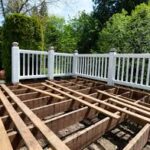 Before diving into the installation process, careful planning is essential to avoid common mistakes and setbacks. Start by assessing the space where the deck will be installed. Measure the area accurately, considering the shape, size, and placement of your deck. Make sure to check your local zoning laws and building codes, as these may influence the type of deck you can build, the materials you can use, and how the deck should be constructed.
Before diving into the installation process, careful planning is essential to avoid common mistakes and setbacks. Start by assessing the space where the deck will be installed. Measure the area accurately, considering the shape, size, and placement of your deck. Make sure to check your local zoning laws and building codes, as these may influence the type of deck you can build, the materials you can use, and how the deck should be constructed.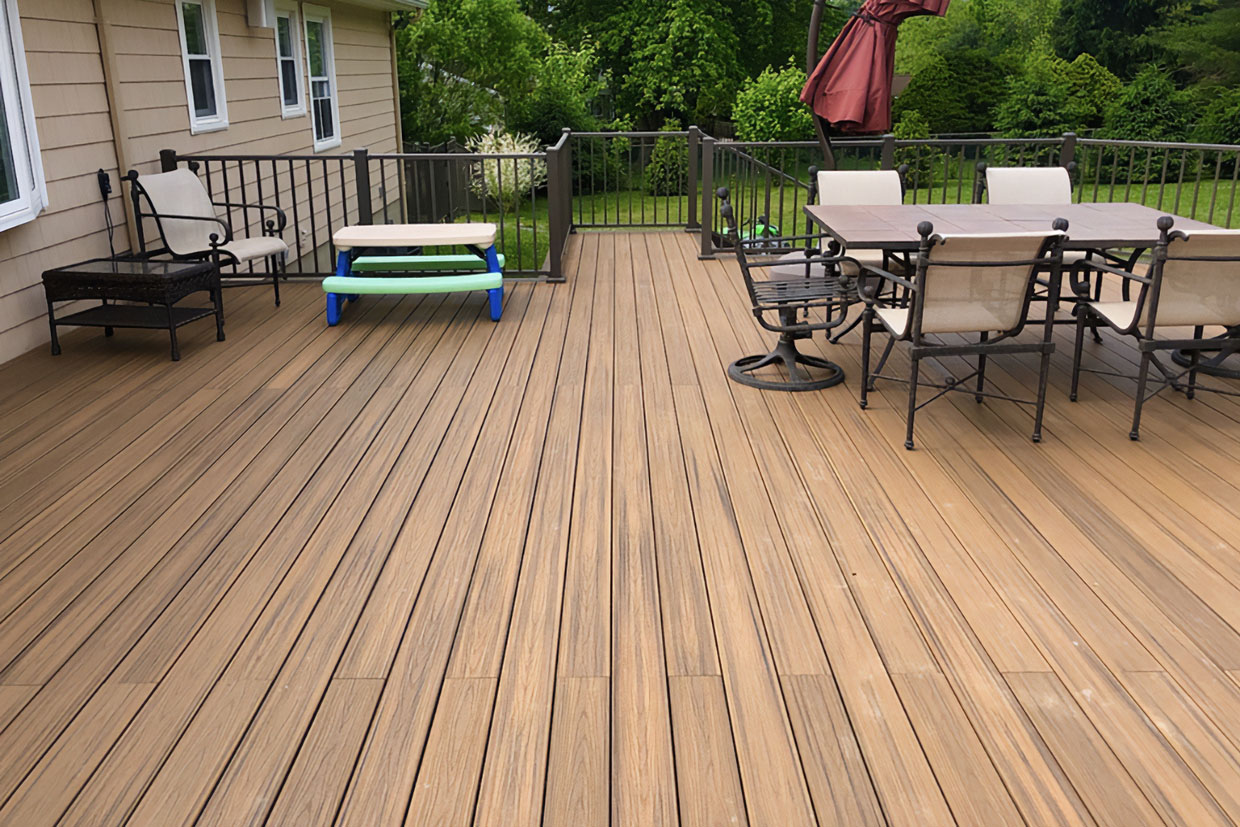
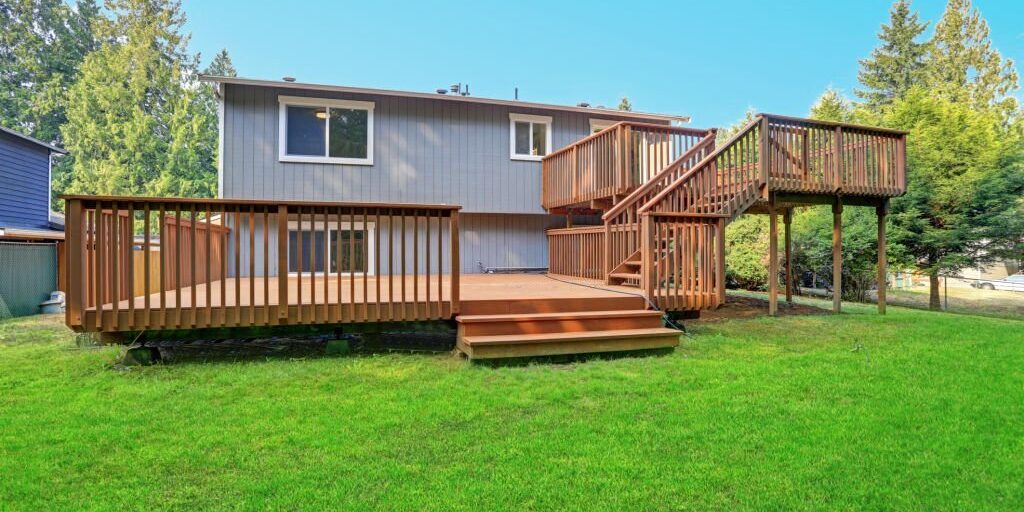
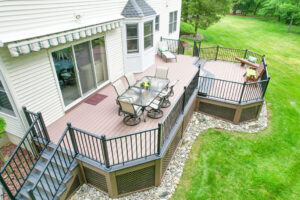 For many people, spending time outdoors is an opportunity to reconnect with nature. A multi-level deck can help facilitate this connection by providing a more immersive experience. Whether it’s a top-level platform that offers a sweeping view of the surrounding landscape or a lower deck that is nestled among trees and plants, the multi-level design allows for a closer interaction with nature.
For many people, spending time outdoors is an opportunity to reconnect with nature. A multi-level deck can help facilitate this connection by providing a more immersive experience. Whether it’s a top-level platform that offers a sweeping view of the surrounding landscape or a lower deck that is nestled among trees and plants, the multi-level design allows for a closer interaction with nature.